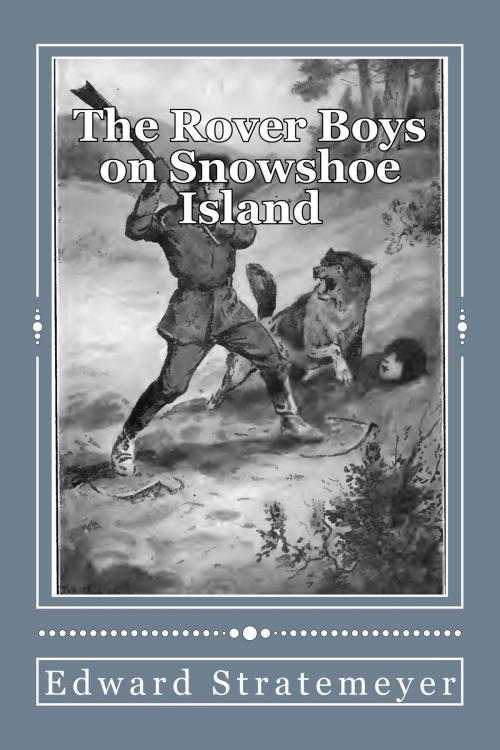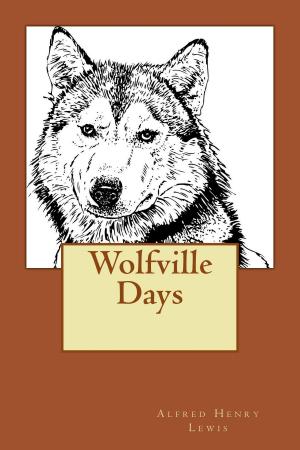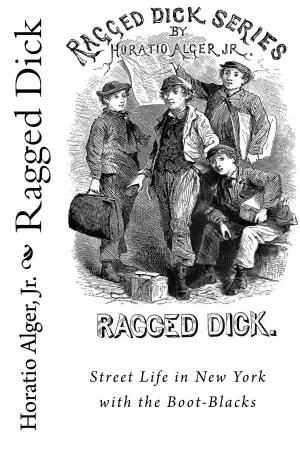The Rover Boys on Snowshoe Island (Illustrated Edition)
Kids, Fiction, Action/Adventure, Teen, Fiction & Literature, Action Suspense| Author: | Edward Stratemeyer | ISBN: | 1230001536676 |
| Publisher: | Steve Gabany | Publication: | February 6, 2017 |
| Imprint: | Language: | English |
| Author: | Edward Stratemeyer |
| ISBN: | 1230001536676 |
| Publisher: | Steve Gabany |
| Publication: | February 6, 2017 |
| Imprint: | |
| Language: | English |
The Rover Boys Series for Young Americans was a popular young person's book series of the early 20th century credited to "Arthur M. Winfield", a pseudonym for Edward Stratemeyer. A total of 30 titles were published between 1899 and 1926 and the books remained in print for years forward.
The original Rover Boys were brothers Tom, Sam, and Dick Rover. Their children (Fred, son of Sam Rover; Jack, son of Dick; Andy and Randy, twin sons of Tom) took over in the "Second Series" which began with Volume 21 The Rover Boys at Colby Hall, published in 1917. The elder Rovers continued making appearances in the second series.
In addition, there was a related Putnam Hall series of six books that featured other characters from the first Rovers series although the Rovers themselves do not appear.
The Rovers were students at a military boarding school: adventurous, prank-playing, flirtatious, and often unchaperoned adolescents who were constantly getting into mischief and running afoul of authority figures as well as criminals.
The series often incorporated emerging technology of the era, such as the automobile, airplanes (The Rover Boys in the Air) and news events, such as World War I.
Like other juvenile fiction of the era, the books often utilized exaggerated ethnic stereotypes and dialect humor. Blacks, Germans, Italians, Chinese, and Irishmen were often portrayed with unflattering dialects, which was common at the time. The books also had many heroic characters of these nationalities as well.
This edition of the book contains the original four illustrations, rejuvenated, and six additional illustrations that are unique to this edition of the book.
Edward Stratemeyer wrote more than 1,300 books himself, selling over 500 million copies. In addition to 10 Dave Porter books, Stratemeyer wrote seven series with mostly a military nature. He also created Nancy Drew, The Hardy Boys, The Rover Boys, The Dana Boys, Bomba the Jungle Boy, and Tom Swift. He wrote under seven pen names and employed a number of ghost writers for whom he wrote plot outlines. The "Stratemeyer Syndicate" was a large organization and controlled a number of publishers.
The Rover Boys Series for Young Americans was a popular young person's book series of the early 20th century credited to "Arthur M. Winfield", a pseudonym for Edward Stratemeyer. A total of 30 titles were published between 1899 and 1926 and the books remained in print for years forward.
The original Rover Boys were brothers Tom, Sam, and Dick Rover. Their children (Fred, son of Sam Rover; Jack, son of Dick; Andy and Randy, twin sons of Tom) took over in the "Second Series" which began with Volume 21 The Rover Boys at Colby Hall, published in 1917. The elder Rovers continued making appearances in the second series.
In addition, there was a related Putnam Hall series of six books that featured other characters from the first Rovers series although the Rovers themselves do not appear.
The Rovers were students at a military boarding school: adventurous, prank-playing, flirtatious, and often unchaperoned adolescents who were constantly getting into mischief and running afoul of authority figures as well as criminals.
The series often incorporated emerging technology of the era, such as the automobile, airplanes (The Rover Boys in the Air) and news events, such as World War I.
Like other juvenile fiction of the era, the books often utilized exaggerated ethnic stereotypes and dialect humor. Blacks, Germans, Italians, Chinese, and Irishmen were often portrayed with unflattering dialects, which was common at the time. The books also had many heroic characters of these nationalities as well.
This edition of the book contains the original four illustrations, rejuvenated, and six additional illustrations that are unique to this edition of the book.
Edward Stratemeyer wrote more than 1,300 books himself, selling over 500 million copies. In addition to 10 Dave Porter books, Stratemeyer wrote seven series with mostly a military nature. He also created Nancy Drew, The Hardy Boys, The Rover Boys, The Dana Boys, Bomba the Jungle Boy, and Tom Swift. He wrote under seven pen names and employed a number of ghost writers for whom he wrote plot outlines. The "Stratemeyer Syndicate" was a large organization and controlled a number of publishers.















